at Your Stage, Gallery Sun Contemporary, Seoul, Korea, 6 NOV - 27 NOV, 2009
Your Stage, 2008. Light installation with LED, glasses, stainless steel, variable size.
“I consider that we look at the world and ourselves not through the mirror but through the window. We believe that we ‘look’ outside the window, but the reflection of ourselves on the window may be yet another image just like the world beyond the window. Here is a young woman who is looking at the show window on the street where a wedding dress is displayed. It makes us wonder if she is laying her eyes on the dress behind the window or staring at the reflection of herself on the window glass. Tonight, the dark moon is rising again behind that bright light.”
- From the field notes on Your Stage From India, Jinjoon Lee
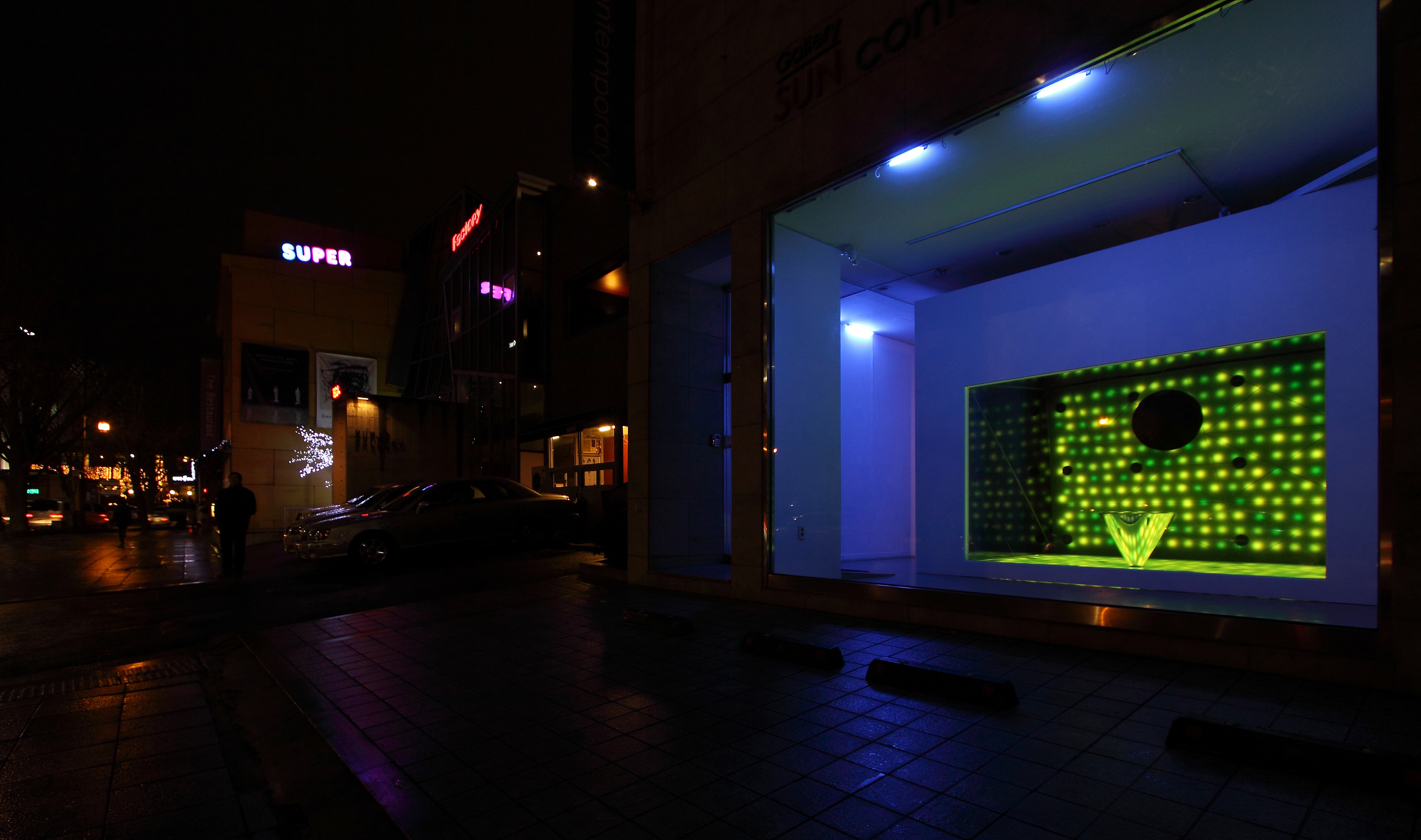
Jinjoon Lee's Your Stage and Space of Imaginary Acting
Prof. Won Bang Kim
(Graduate School of Fine Art, Hongik University)
The basic elements which constitutes the work are 3: light which is flamboyant and oneiric and which associates the stage of shows or theaters; space where endlessly reproduces and expands because of being full of mirrors and a stainless steel object which is installed in the center and is seen as if it is a stage for the performance of lead characters. I believe that those 3 elements could induce the psychological experiences of spectators; What is to be first mentioned more than anything else is a visualization of dream, fantasy and daydream in a psychoanalysis aspect. The oneiric and unreal space is deviated from the spectator's real space via a large glass window as it is a showcase, which creates the whole work as an individual's imaginary and psychological stage. This is not a space in reality, that is to say, the space which conversations and social relations are performed between a subject and the others but the space of the "fantasy which the subject projects his own desires by himself. Sigmund Freud means the fantasy like a daydream is a "stage in which a subject continues to do his acting with his desires ceased." Particularly, it is a well-known fact that Freud stated that dream, fantasy and daydream are shown through a stage structure and a subject plays a double role of both a lead character who sees his own appearance acting in the stage and a spectator.
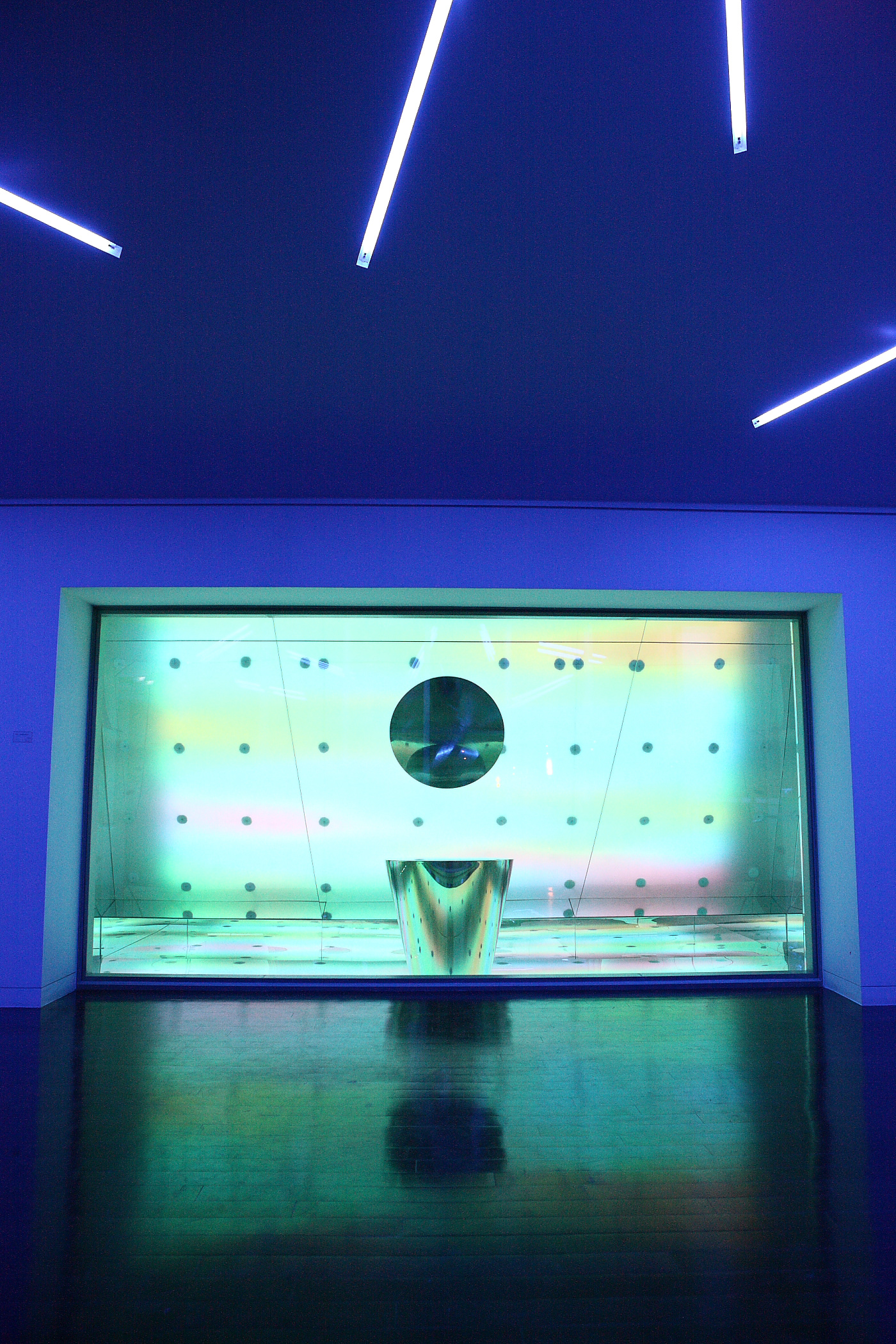
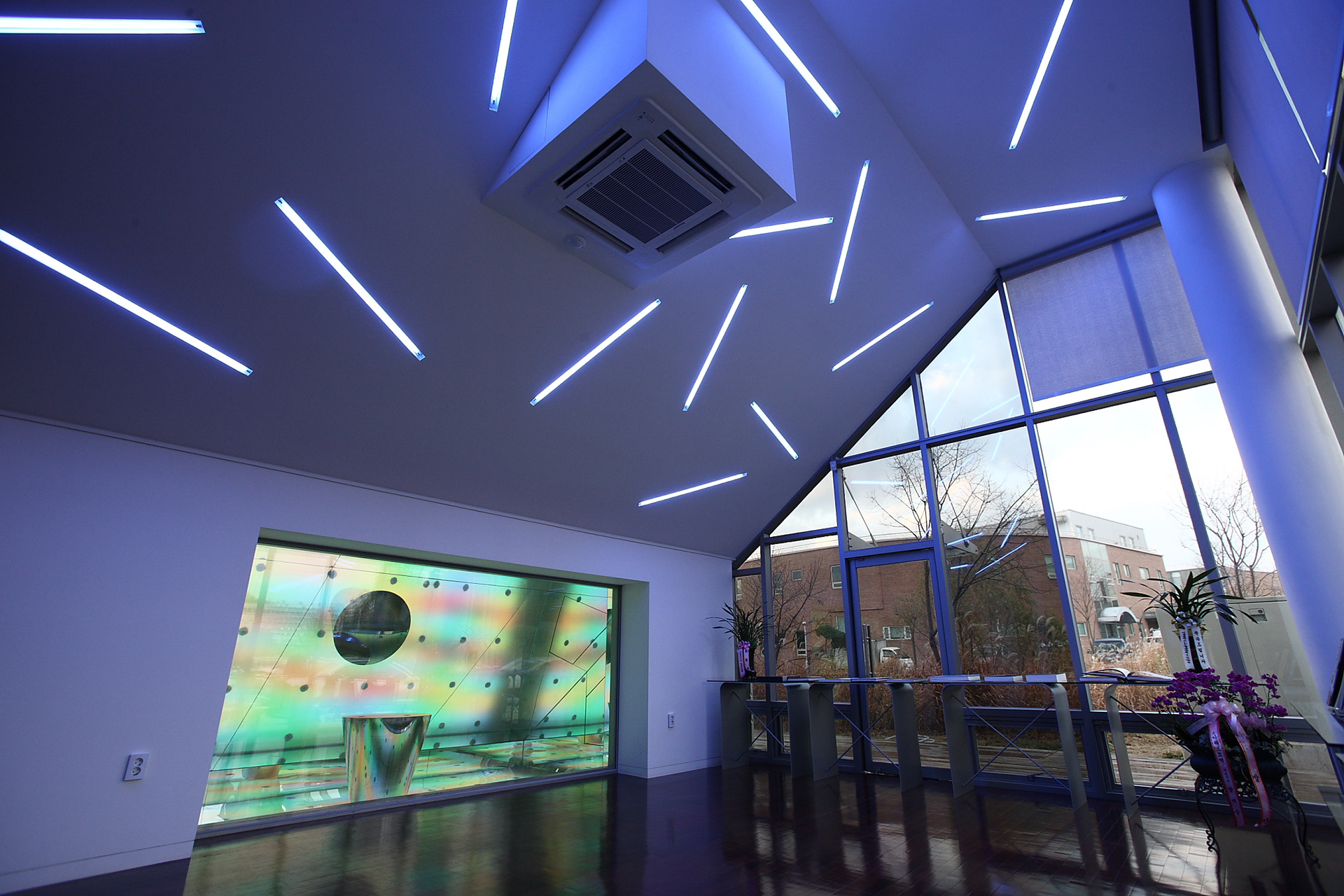
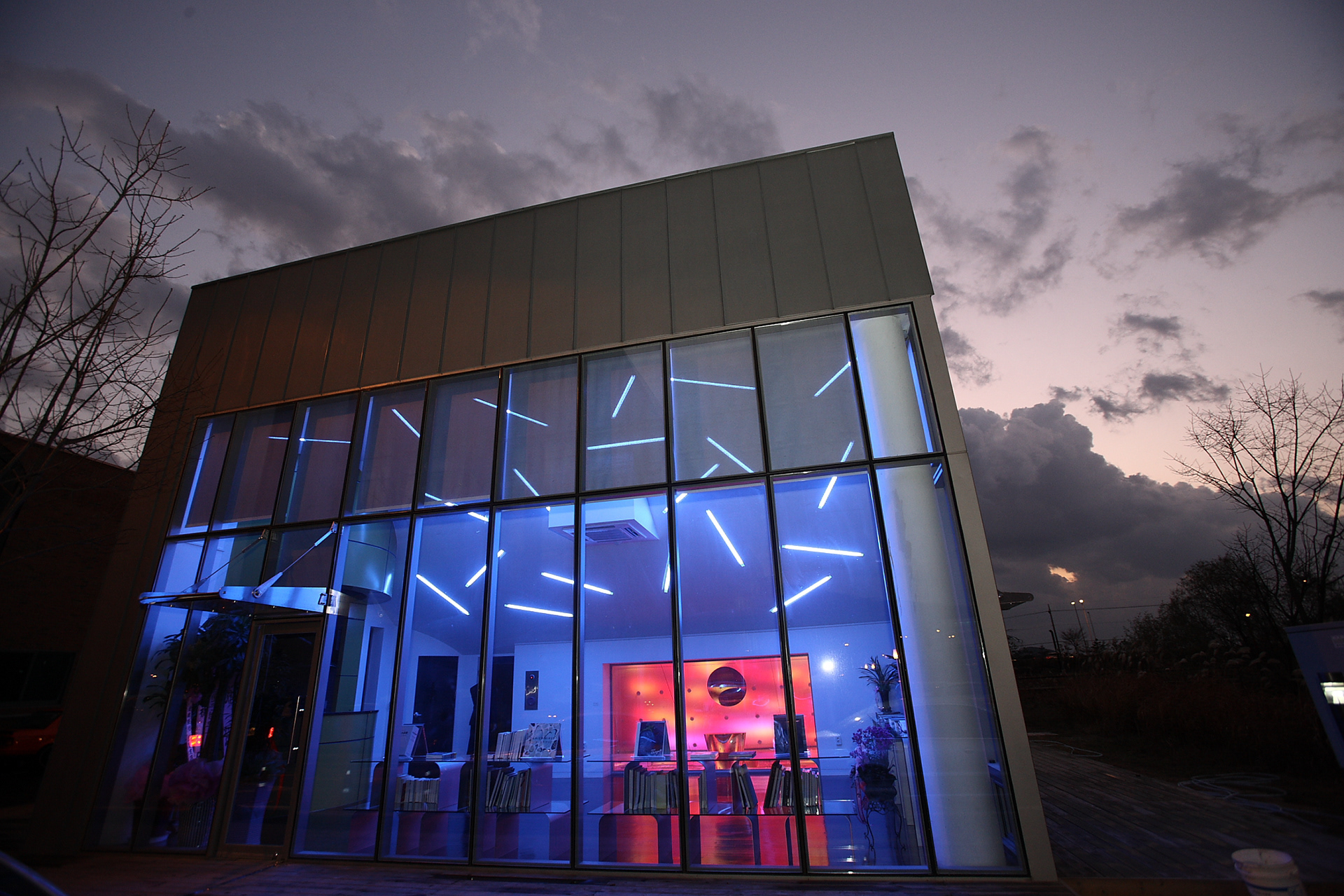
Your Stage, Installation view at Gallery Bakyoung
By placing a glaring stage(or a table) in the center, Your Stage induces a viewer to perform his/her imaginary acting, that is, the acting of a desire which is a lead character and is also shown as a lead character. This reveals the features of a fantasy which leads to a contradictory situation of "fantasy of for meeting the desires of a subject" and "the impossibility for meeting such desires." Further, it is related to the psychopathology of narcissism which is latent in us all. In the hypnotic space, the work shows that "ego" is a visual and verbal image which a one fabricated imaginarily, that is, an endless cohesion to an imago and the pain of a subject accompanied by narcissism is an inconsistency between the subject's appearance built in such an imaginary way and the real appearance and an agony caused by the revelation of such an inconsistency.
That said, Jinjoon Lee showed an exciting theater performance through his solo exhibition in 2007. In the performance, he explored into the issues such as ego which was constructed in a theatrical way and the fission of an ego. In this context, Your Stage is not just a themepark-like work which intends to give spectators a visual pleasure which a hypnotic light and space creates. The work reveals the issue of impossibility which such a fantastic pleasure bears and the painful gap between real space-the space which linguistic symbolic exchanges with the others are made and fantastic space. Spectators would go through such dialectic and then leave their seats.
Your Stage, 2008. Light installation with LED, glasses, stainless steel, variable size. installation at Gallery Sun Contemporary
Interview with Jinjoon Lee - Persuading salmon swimming up the river
Location Garden, Seoul Museum of Art
Date 4 PM, October 2nd, 2009
Interviewer Hong-Shik Kim
Do you like inns? I recently saw your work on inns in Tongeui-dong and other similar works in the past.
I wanted to talk about places. First of all, an inn can be home but not really home. You can sleep and rest there, but it is just a temporary place to stay. Subways, stairs and inns have something in common. For instance, stairs are not defined as a certain floor but are connected to both floors. An inn is not home but you can live there. Subway is a public space but it can also be a private space. However, buses are quite different. There is a class difference between the bus driver and the passengers. At the same time, busses provide connections between places and mediate different spaces. Also, an inn contains histories and physical memories of those who have stayed there before.
It is an unfamiliar space where numerous strangers have stayed in. What do spectators see when they enter into an inn? Let’s follow their gaze before they encounter the artwork. First, they see an old, battered space of the inn. At the same time, they smell wet mold and they hear squeaky footsteps on the old floor that vibrate through the building. All these senses are brought out together. The spectators finally get to meet Jinjoon Lee after all these perceptive experiences. They feel that something uncanny happens in this unique space.
Spectacular lights are used in Your Stage but unfamiliar lights that I encountered in the space called ‘The Inn in Tongeui-dong’ offered a unique experience. Let’s talk about light. I feel like I saw subliminal light at the inn. Red light is often associated with inns, but the unexpected blue light seems to represent holiness and sublimity, which also reminds me of Turrell. In an uncanny way, the blue light is well matched with the space, which may represent the kind of light in the inner minds of those who have stayed in the inn. The Turrell style work in ‘Do not come out’ feels like visiting a temple managed by monks.
Turrell’s light works demand sublimity. These works demand a complete immersion with a carefully calculated involvement of the artist. However, I do not want to implement a systematic control or meditation often required in Turrell’s temples. For the same reason, I like Bill Viola but dislike him at the same time. I like Viola as he does not play tricks with video editing, but I dislike him in the way he takes utmost advantage of the genre of video art. Typically, when used as art, video work tends to be more critical than films, but the type of engagement created by a careful calculation of Bill Viola is similar to commercial films. To me, he is not so much a video artist but a “careful installation artist”. Viola demands immersion and wishes to talk about sublimity, meditation and concentration. On the other hand, I want to disconnect controlling devices that force people to be immersed in video installations. I want to cut off any imposed control and disrupt concentration so that spectators can appreciate artworks the way they truly are. I want to give them an opportunity to be free and natural rather than forcing them to focus on something that is carefully designed. As a result, people can see art better. I use blue neon light to create illusion. At the same time, it disrupts immersion. I want people to stay awake in reality.
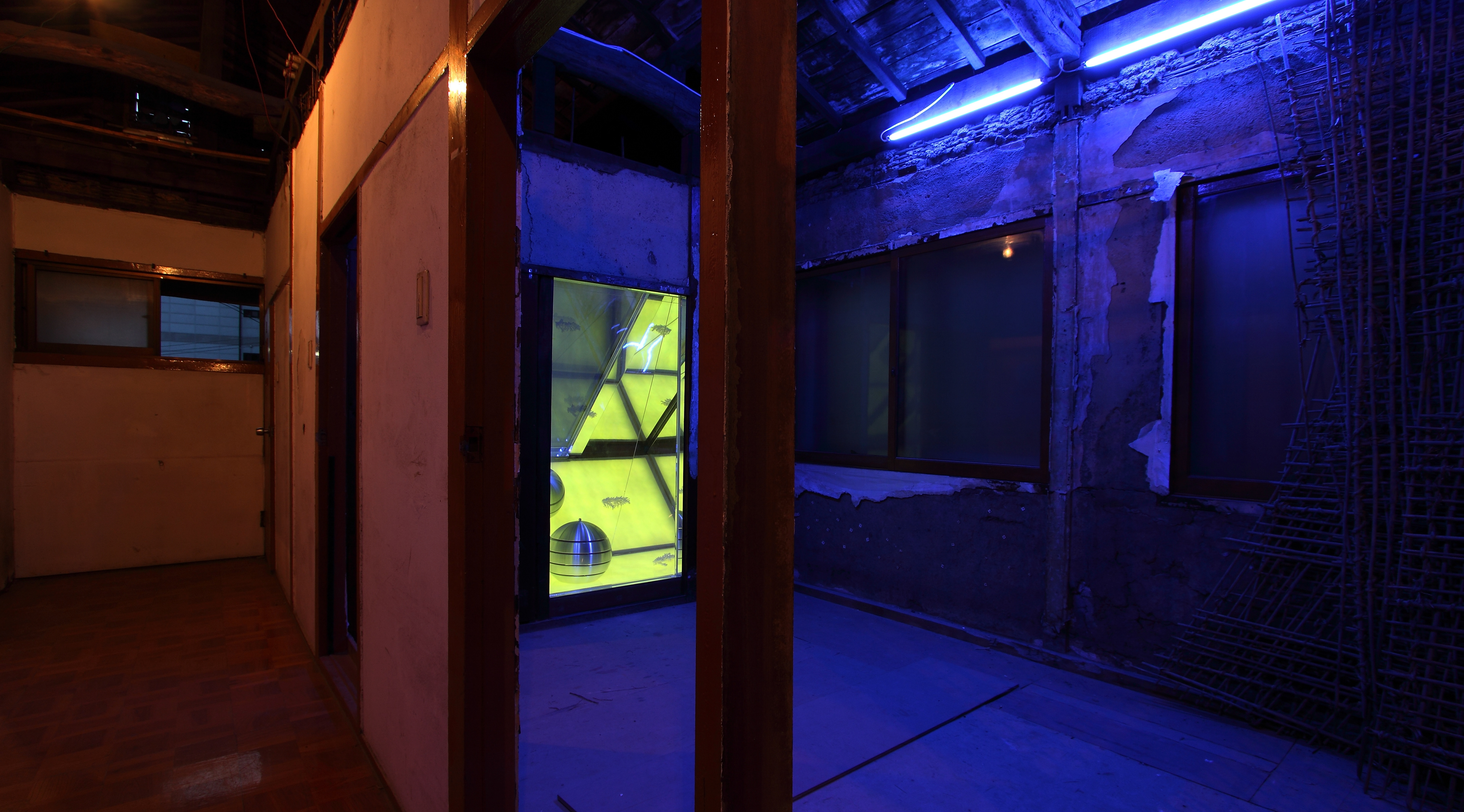
Your Stage, 2008. Installation at Art Space Boan 1942
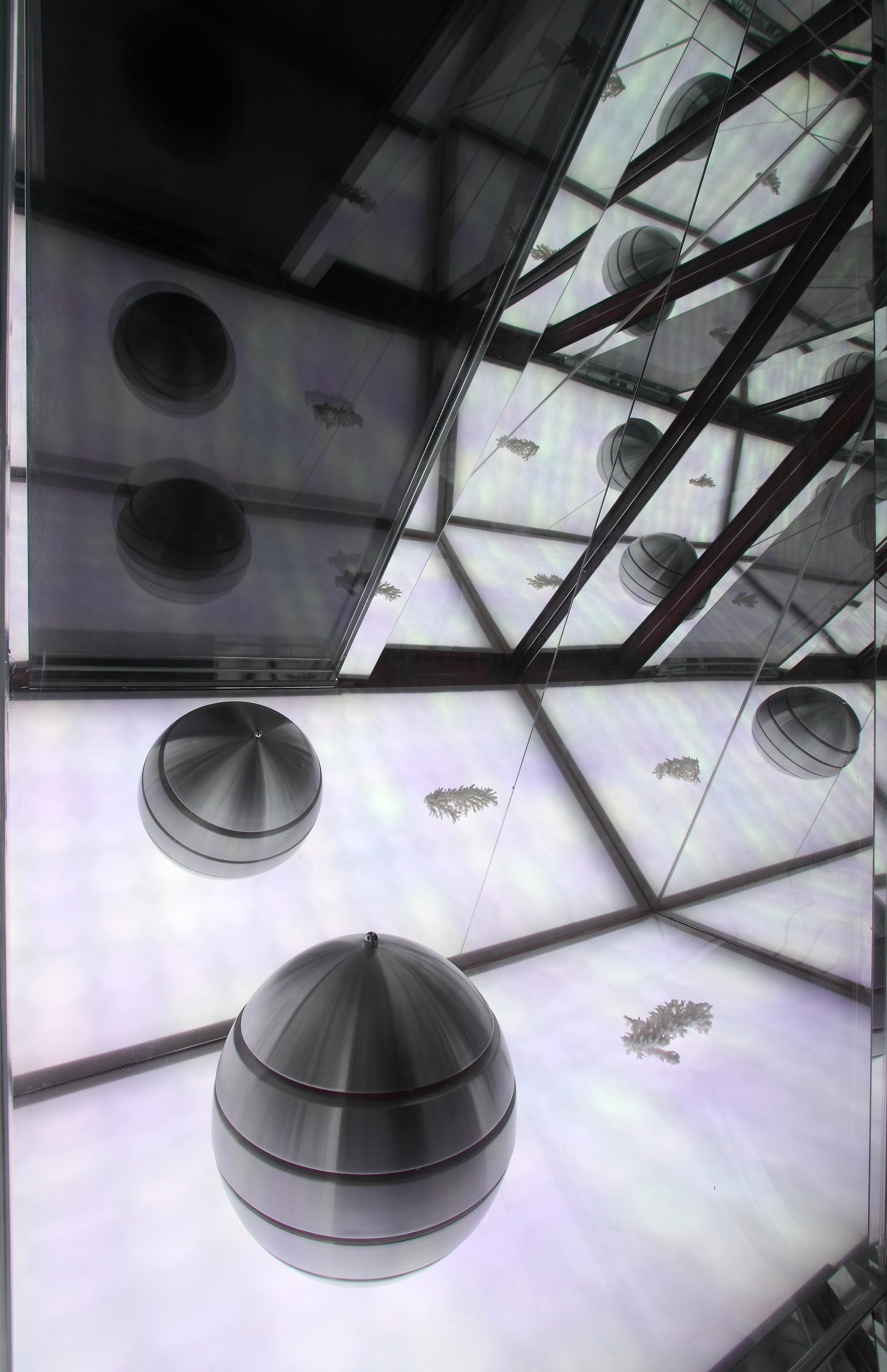
Your Stage, 2008. Installation at Art Space Boan 1942
Your Stage - the title already sounds like theatrical. It also looks like an altar.
Neon light creates a different space. The actual structure was placed in a space filled with mirrors, glass and a big dartboard so that the space feels like a virtual space. The structure was built one layer on top of another to create the height. You can see yourself reflected on the stainless steel structure inside a glass window. It is meant to talk about simultaneity of images. Spectators are spectators and main characters at the same time. It is an interpretation of identity as something that is moving and changing. My work is like a theater. I set up a stage because I think cities we live in are like a theater set. People in the city are more theatrical than a drama. This is a stage for you. It seems that there is a director / producer for our life. It may not be God, but for some reason, we feel like there is an unknown order in this world.
A Play for Role – Art Theatre, 1st Performance “Death of a Salesman”, 2007. Performing still
Can you tell me about your next project?
My next project will be focused on embracing and condensing theatrical, visual, and social contextual questions that have been dealt with in my previous works. Structures are not understood simply as objects but as installations of different spaces. Their interpretations may vary depending on where these structures are placed. Light and glass will continue to play an important role. The reason for using two glass panels is related to the “mono dramas of six individuals” performed at the ARKO museum of the Arts Council Korea. The two layers of curtains on the stage of the mono dramas are later translated into the installation of two glass panels. The double glass doors and the double curtains represent layers of meaning, layers of visuals, and creation of disconnections. Glass is different from mirrors in the sense that mirrors are a macho medium. “People become sixth sense beings who see only what they want to see and hear what they want to hear.”
What is an artist?
Dignity of an individual is the most important. I believe that becoming a good artist means to become a good person. Reflecting on my own life experiences, I think that business administration is not about designing a life but managing it; an artist is an entertainer of our times. There is something lacking that cannot be fulfilled, which motivates me want to create. Being an artist is what I struggle now. I try to comply with rules but continue to persuade – not compromise. I try to maintain a sense that the world is opening up in a complex and wholesome manner.
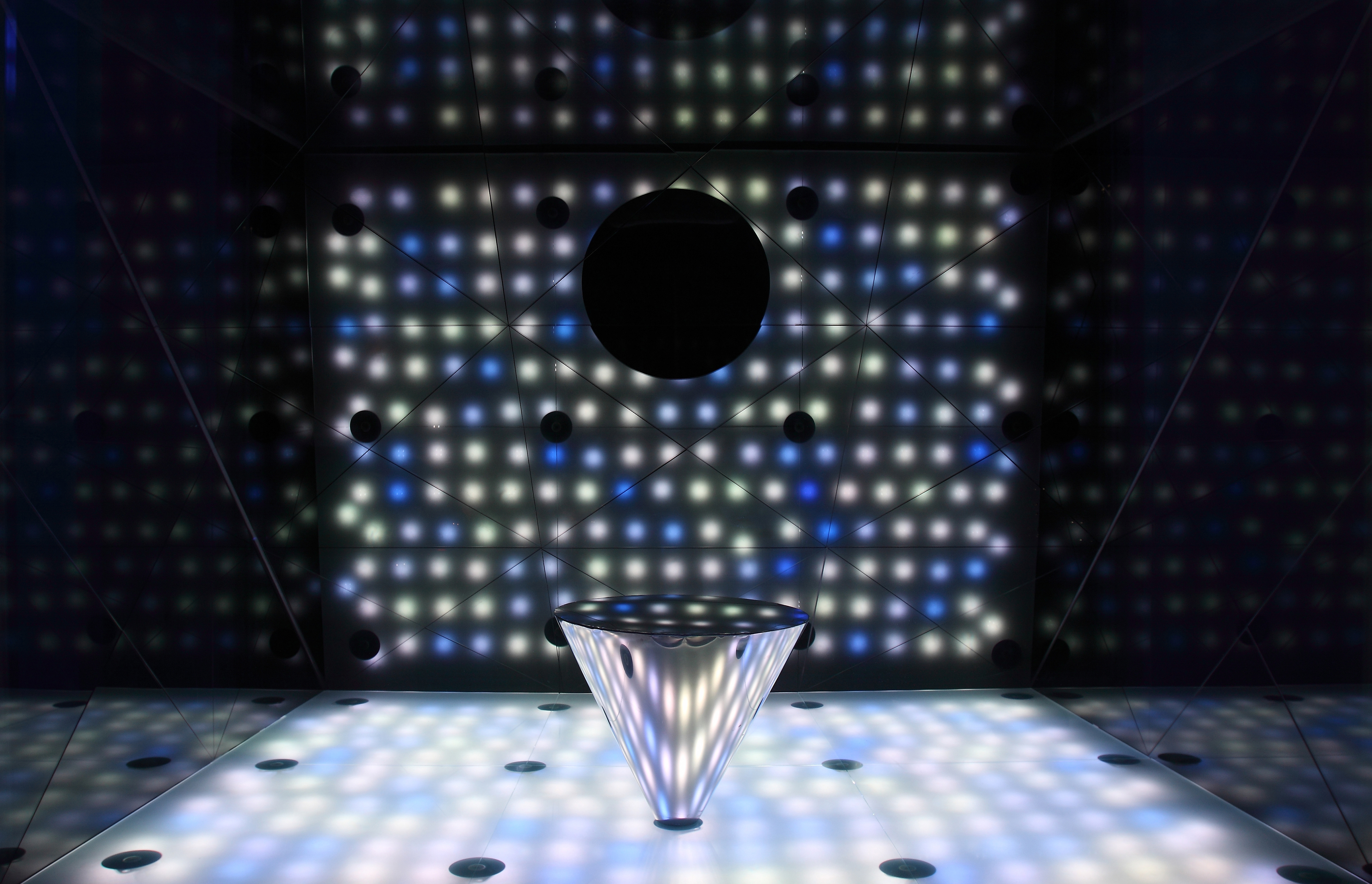
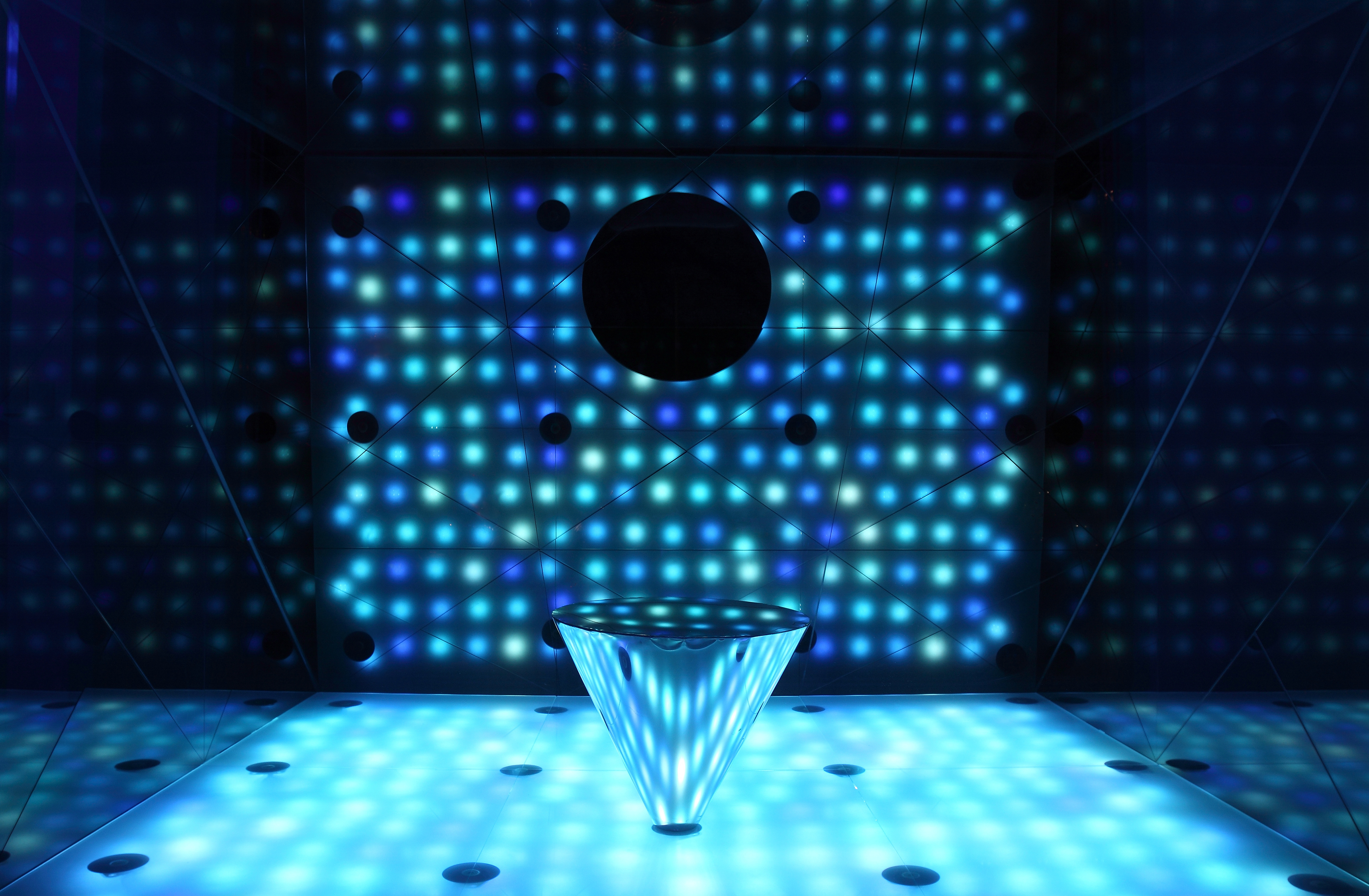
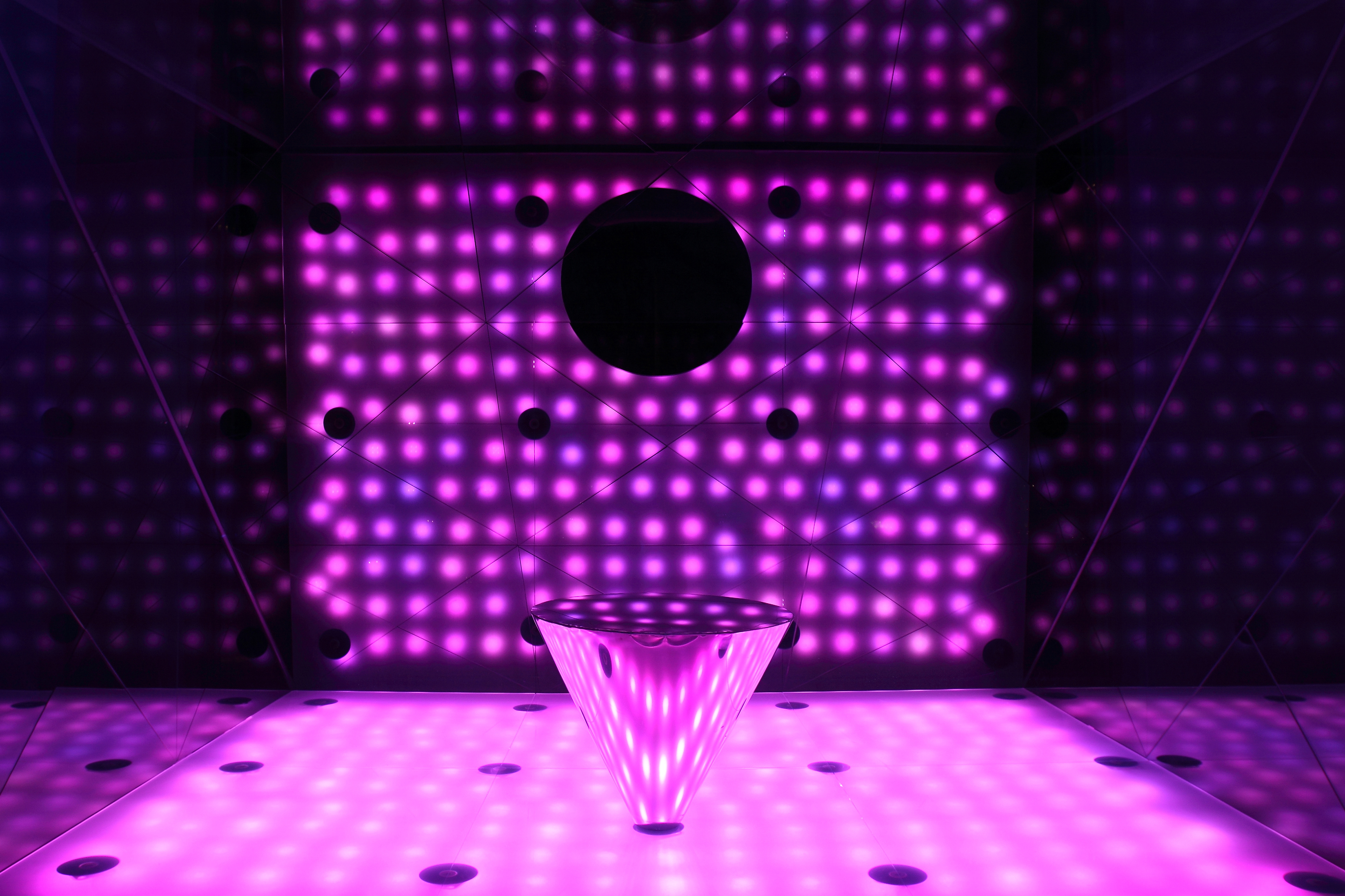
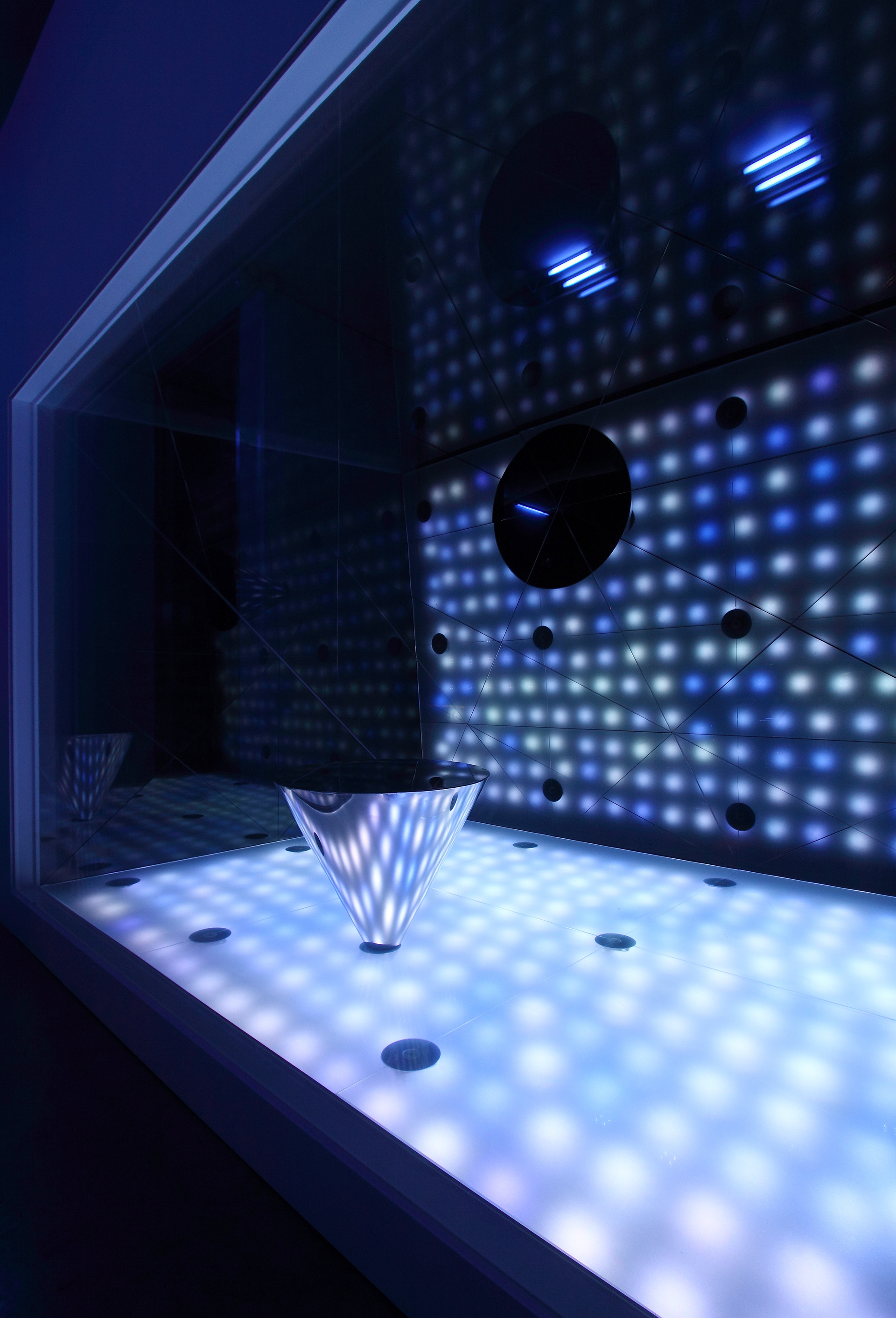
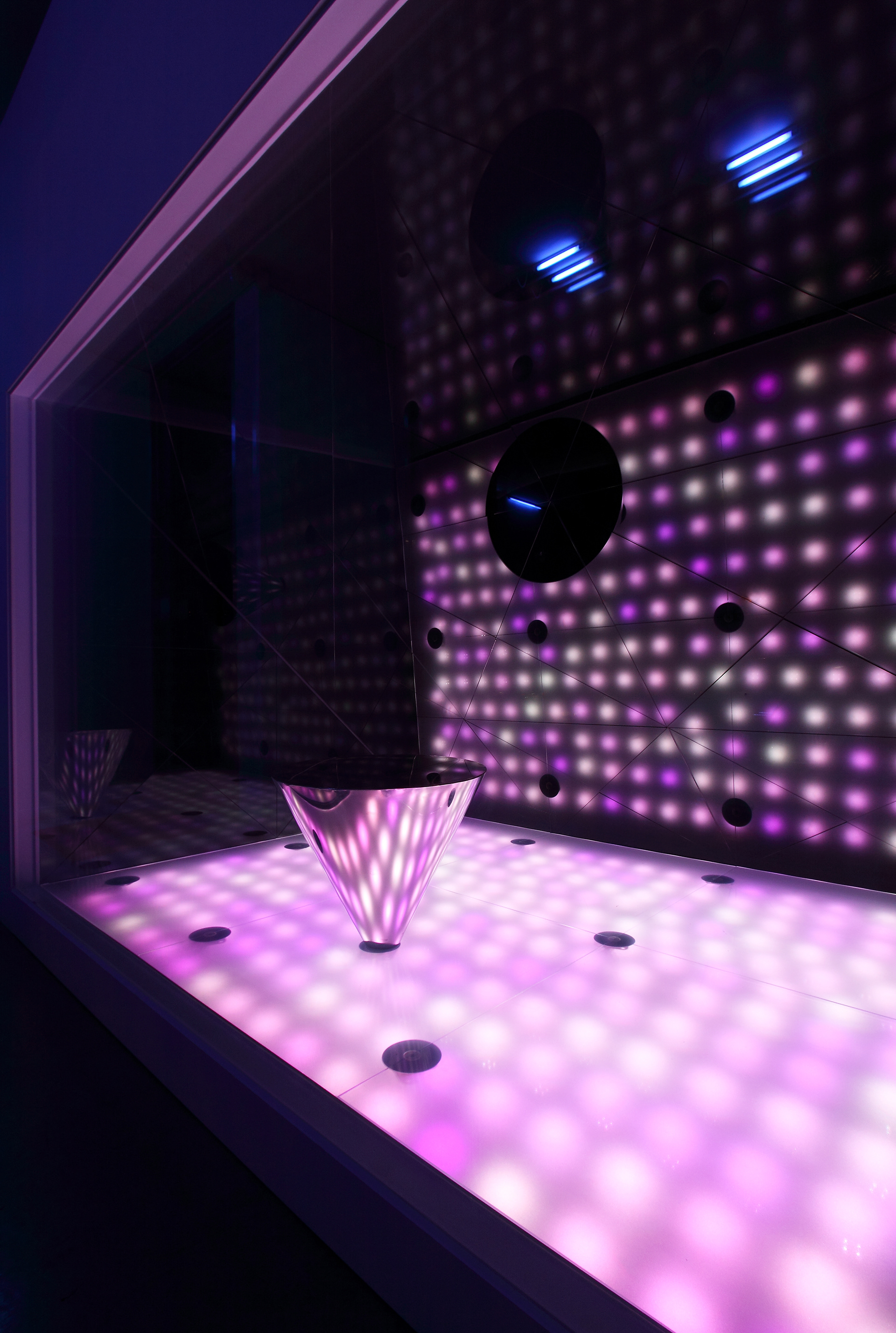
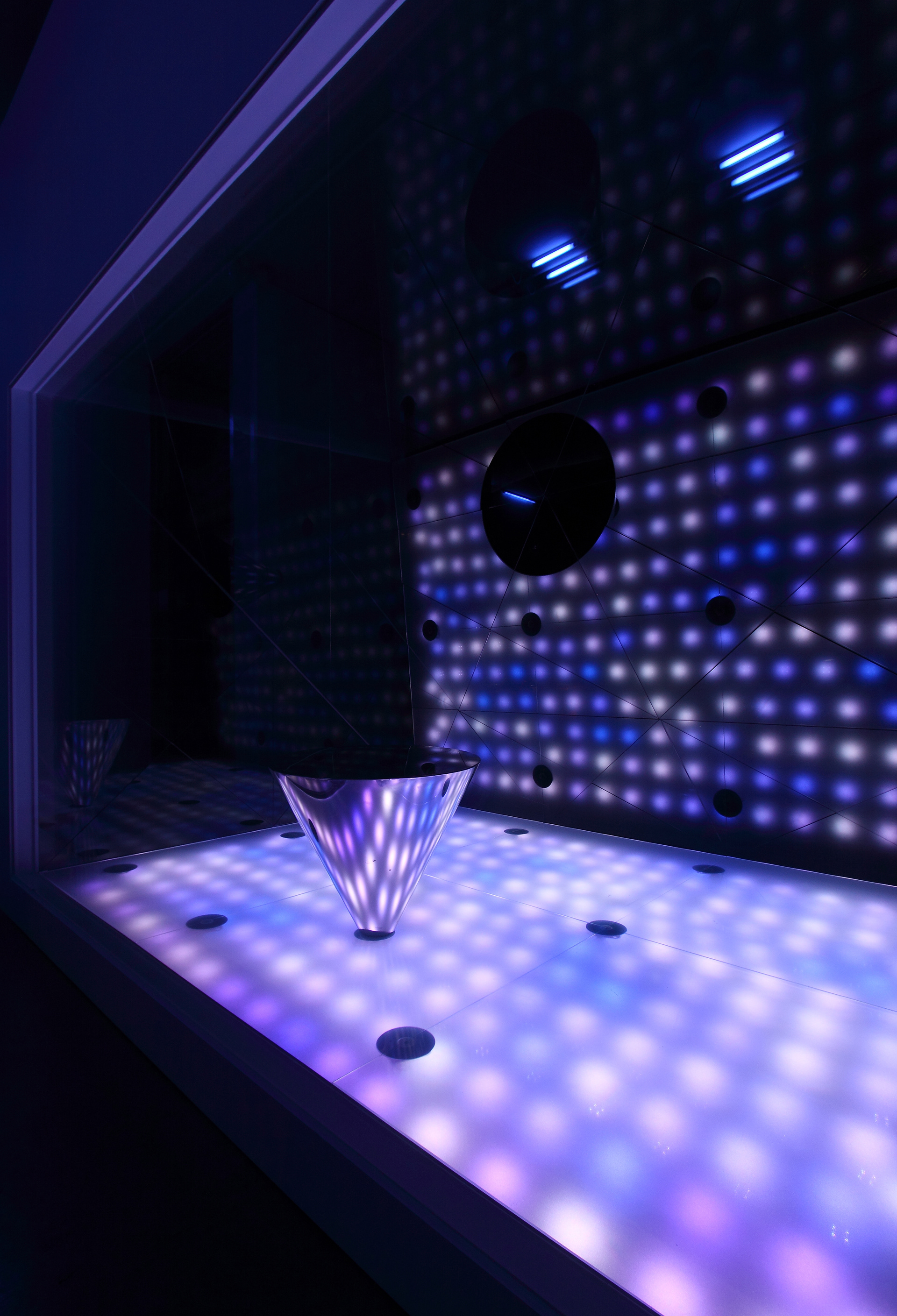
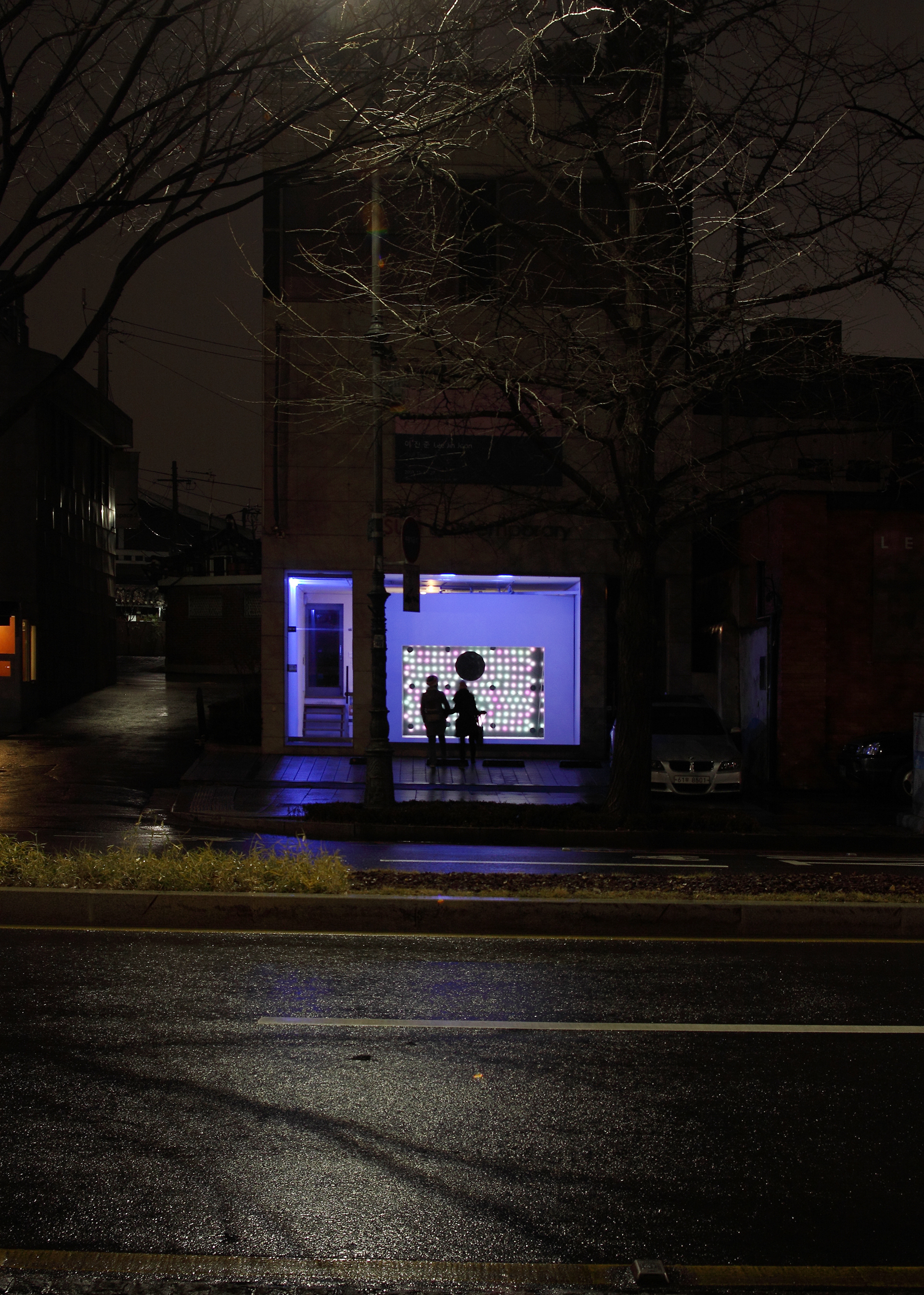
Working Process of Your Stage
Artist Jinjoon Lee
Support
Seoul Foundation of Art and Culture
NART 2009
Public Collection
Gallery Bakyoung
